

Τhe village of Kallio and the artificial lake of Mornos, constitute the foundation of this thesis’ subject. The topos in which these coexist, is being approached in the context of an aquatic ecosystem - with this meaning, taking into consideration its needs, its dynamic elements and the changes which these bring into the landscape, within time. The village Kallio, inside the reservoir’s waters, is being deconstructed on its own natural pace, It is part of the lakebed’s morphology and it indicates the anthropogenic character of the landscape. While studying the place, effort was made on reading the elements of the landscape - those sediments that form narrations - which tell the story of what happened but also of what is happening now, in this changing field. The practices that are proposed for the supporting of the aquatic biotic and a biotic world, in combination with offering a path to the visitor of the lake, are attempting to develop symbiotic relations, promote a beginning of coexistence through the design, and maybe a dialogue, between human and non-human organisms in the area.
Supervisors: Kotionis Zissis, Kouzoupi Aspassia
Reference Number: 813
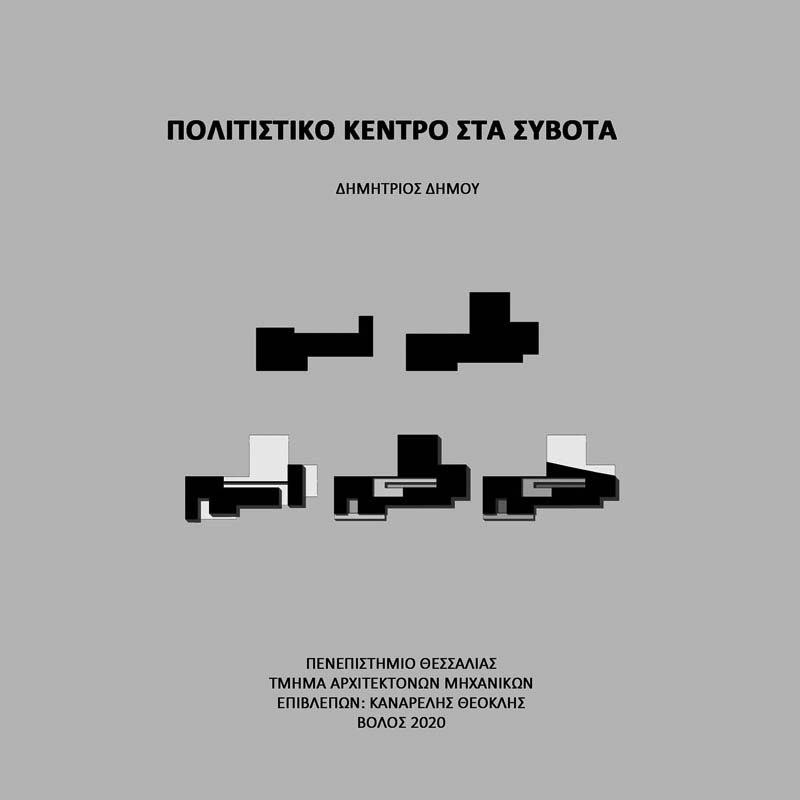

This thesis project concerns the designing of a cultural center in the village of Syvota in Thesprotia, a popular tourist destination. The plethora of hotels and eateries, along with the absence of other choices, render Syvota lacking as far as the variety of choices a tourist, and a resident, has. The purpose here is to create a space of meetings, culture, education and pleasure for the resident during the winter and the non-resident during the summer alike. The location was chosen based on the map of traffic; the harbour constitutes the common meeting place and stroll area for all. Thus, capitalizing on the abundant traffic present there, the building was site on the northern end of the harbour – an ideal location as far as visibility (and view), as well as accessibility are concerned. At first, the volume of the building was created in parallel with the harbour border, thus creating a united front. By experimenting on this rough mass, it became clear it should be broken down in smaller pieces. The need for ventilation and light and the foot of the hill suggested, in some way, the need for a patio. Likewise, the hill indicated that some parts of the building might be better off hidden inside it.
Supervisor: Kanarelis Theoklis
Reference Number: 815


The topic of this diploma thesis is the design of a museum, which includes multiple spaces with a variety of functions. Located on a plot of 18.900 square meters in a suburb of the city of Gjirokastra, close to the city center, the proposal intervenes at this specific point to join the urban sphere of the city. The main idea is the existence of a pioneering building, the program of which combines different functions and takes into account the daily needs of residents.
The idea was based on the city’s reputation for the visual arts, the wood carving and the stone carving.
Gjirokastra is a small town located in the southern part of the country, recorded on the World Heritage List “as a rare example of a well preserved Ottoman city”, which is characterized by a big increase of tourism development, attracting the interest of many foreign and local visitors. Moreover, it becomes necessary the existence of a museum that could connect the stay of foreign tourists with the culture and the civilization of the area, through their visit to the museum, but also having as main purpose the relationship of art with the locals of all ages. Although the city has its own distinctive local style, the construction of a museum with elements of brutalism is an innovative architectural proposal, making the building itself an “art object” displayed to its visitors.
In addition to the existence of the main spaces, such as galleries cafeterias / restaurants, offices, in the 9000 sq.m volume are also included: a library, material processing areas (stone and wood) and also spaces and areas of art learning for children and adults. Another element of attraction and interaction with people could be the dynamic connection of indoor and outdoor spaces, allowing visitors to contact nature.
Overall, the implementation of the proposal could be seen as a modern pillar that will significantly add to the upgrade and promotion of the local culture and art of the area.
Supervisor: Kanarelis Theoklis
Reference Number: 825
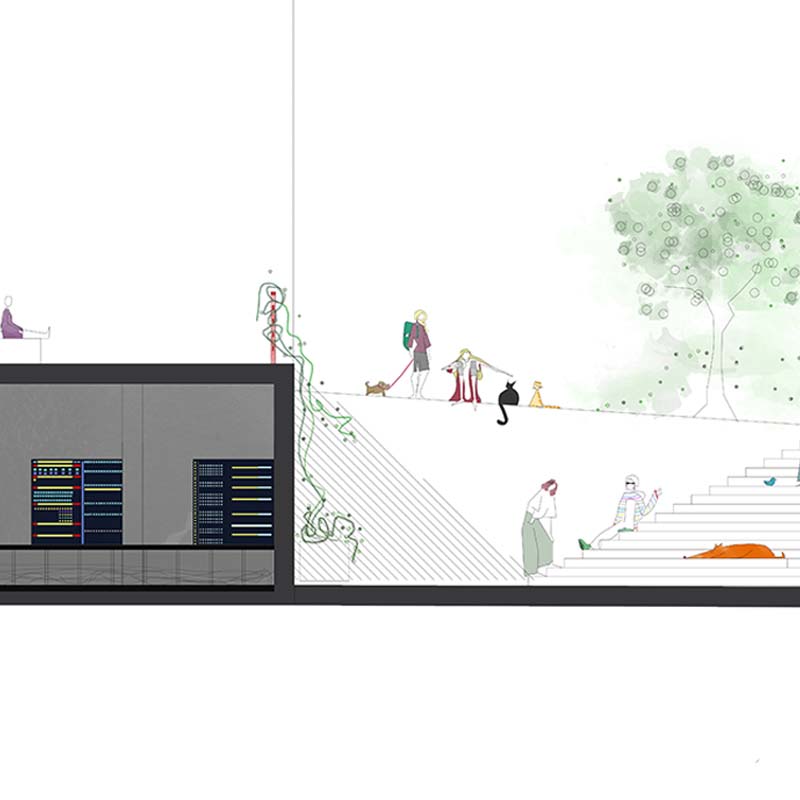

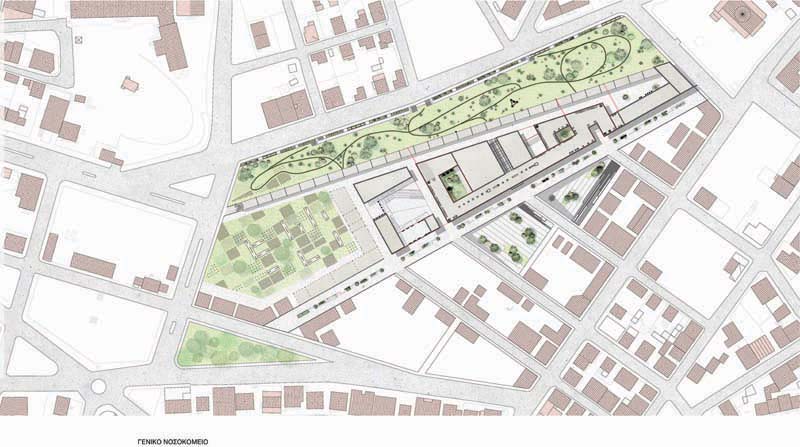



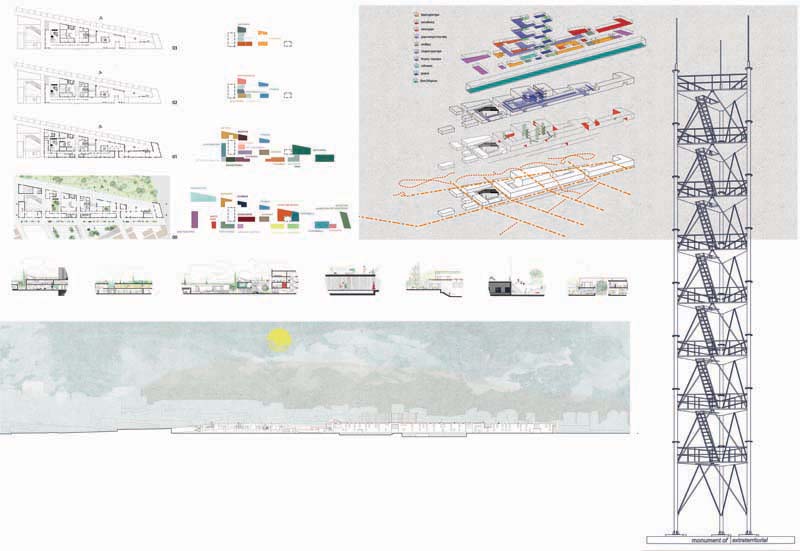

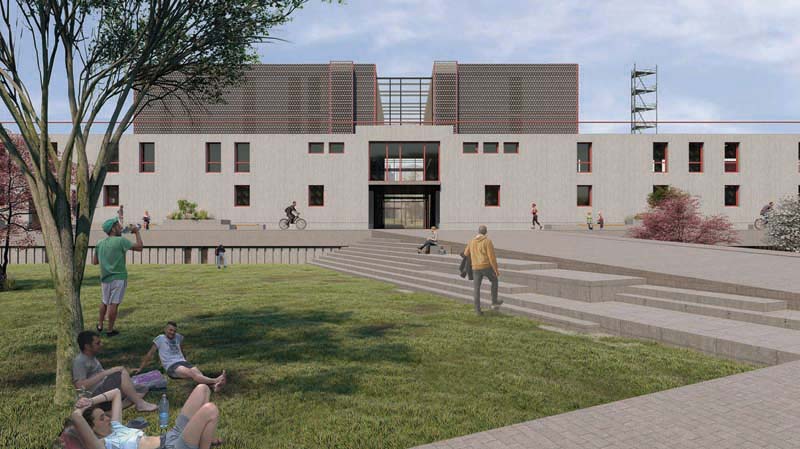

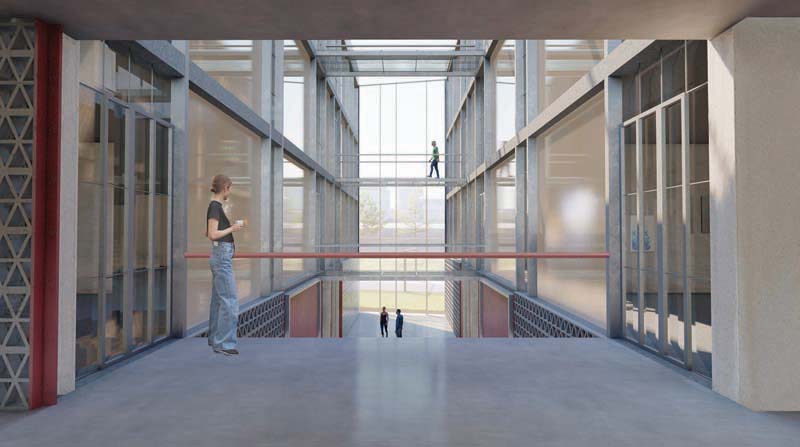

Designing public universities, the importance of network is seeked in daily routine, subsequently in education and artistic opus. Such network is composed by two aspects, both crucial; the analog and the digital one. Analogically considered under the concept of proximity, sociability and random interaction and digitally in a sense of expanded space, of (still possible to be referred as) ‘new’ public space. The perseverance of such duality is essential and the establishment of such spaces is vital. Not just as a medium of browsing but as a condition of coexistence. Universities were and should be established as such public spaces.
Supervisors: Gavrilou Evelyn, Kotionis Zissis
Reference Number: 846


On the occasion of the idyllic nature of the Greek summer, an attempt is made to redefine and reconstruct all these memories that the Cyclades have offered us, through the production of temporary accommodation structures (concentrates of Cycladic insularity). Their name was chosen to be SOUVENIR because it includes the concepts of memory and travel. A different SOUVENIR, experiential and influenced by the popular Cycladic architecture of the Aegean. Starting the research process, made an effort to collect summer memories by conducting a questionnaire and creating a photo album. This was followed by a theoretical approach to the concepts of the Archipelago, the sea and the island, which led to the cartographic study of the Aegean islands. More specifically, the area of the Cyclades and in particular that of the Small Cyclades was examined. The choice of the latter was crucial, due to their cultural and geomorphological interest, as they are an area that has not been greatly altered by the advent of mass tourism. The islands that make it up are characterized by their pure virgin landscape, combined with small building interventions. For this reason, temporary floating structures were created to avoid disturbing the natural landscape. The composition of these structures evolved from the deconstruction of the basic oncoplastic forms that are repeated in the popular Cycladic architecture and their reconstruction with a final product, SOUVENIR. All of them, chart a new path on the Aegean map, that of the Tiny Cyclades. Different identity buildings have a similar picture. Houses, public services, bars, churches, all look like each other. A white sculpture spreads silently on the rough landscape of the Aegean islands, drawing an indelible image in the traveler's mind. By the same reasoning, then, they brought to the surface again all these doctrines of the popular architect, reconstructing them in a common direction, leaving man free to assert himself in them and to establish their identity. The access accomplished kindly in the landscape in a temporary / ephemeral character as in the summer. The aim is for the traveler to "travel" in a new direction, producing new memories through familiar stimuli.
Supervisor: Gavrilou Evelyn
Reference Number: 820


The aim to materialise the atmosphere of 'inhabiting', and more specifically the one of 'inhabiting in Volos', is the trigger for the spatial research that consisted our thesis. 'Inhabiting in Volos' is an intimate course of action for us, performed on the verge of the automatic and unconscious. Wanting to get an augmented consciousness of it, we turn to other people's narratives of inhabiting. So, we are led to form some personalities and dramatised practices of their inhabiting. These were the starting material for the spatial research. Making use of the perceptual content of the verb over the energy and the bodily experience of doing, we shape the practices. We set our main compositional principles and from the combined shapes we extract spatial unities for each personality. The orchestration of practices in a plot, provoke us to assemble the personalities in a single structure. Basically, we aim for an assemblage of snapshots of inhabiting. In this way, we provoke the confrontation of the intimacies and to achieve a new coexistence balance, we are led to a compositional process, which result is the 'boulder'. The assemblage of practices in a materialised story. Principal tools of the whole compositional process were the bidirectional relation between writing and space formation and the tactile processing. The experience working with materials and objects contribute to an associative transfer to the real space. Reading the materialised shapes leads to the writing of the practices. Correspondingly, reading of the practices directs the spatial composition. This bidirectional process can potentially generate new practices and space all the time. The boulder is the pause at the stage where a single structure has emerged and the defining of this last spatial assemblage.
Supervisor: Kotionis Zissis
Reference Number: 822


Scouting is a voluntary, non-political, non-partisan, pedagogical and global movement, for young and old people, open to all, without distinction of origin, race or faith, in order to contribute to the development of young people physically, mentally, socially and spiritually, through mutual education with an emphasis on outdoor life. As a result, society acquires worthy, useful, moral and responsible citizens.
There are a total of 18 scout camps in Greece. The choice of the construction area of the centers is based on the flexibility of access to forest paths, the close distance from a medical center and the character of survival in nature on which scout movement is based.
These shelters can be used by both scouts and non-scouts throughout the year. The camps - educational centers must be the bases from where the Scouting game should be played and started in its natural space, the countryside.
The traditional Scout Camp and training center "Centaur" is located in Chania, Pelion. The camp center was built and formed with the care of many Scouts of the Region of Magnesia until today.
It has the ability to comfortably accommodate two department camps. One in the outdoor area with all the necessary buildings, toilets, dining room, kitchen, fire area, outdoor walkable tent area and one in the covered area of the main building also equipped with all the necessary areas for camping, toilets, showers, dining, dining, kitchen and 2 sleeping areas. This center, in the winter period is able to accommodate 30 people while in the summer with the use of outdoor space it has the capacity to accommodate up to 70 people.
The current buildings of the camp center, despite their amenities, are facing serious construction problems.
This dissertation lists the proposal for the renovation of the Scout Camp Center "Centaur" in Chania, Pelion, in order to optimize its operations. After personal on-site research and study, it was decided to restructure the Center to better serve the needs of the guests.
Supervisor: Kanarelis Theoklis
Reference Number: 810
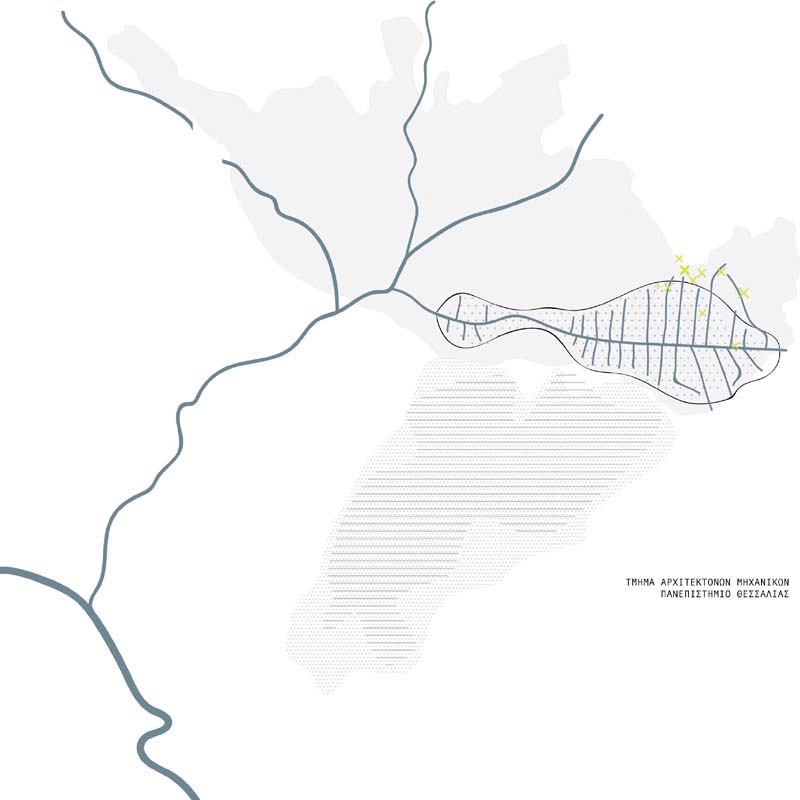



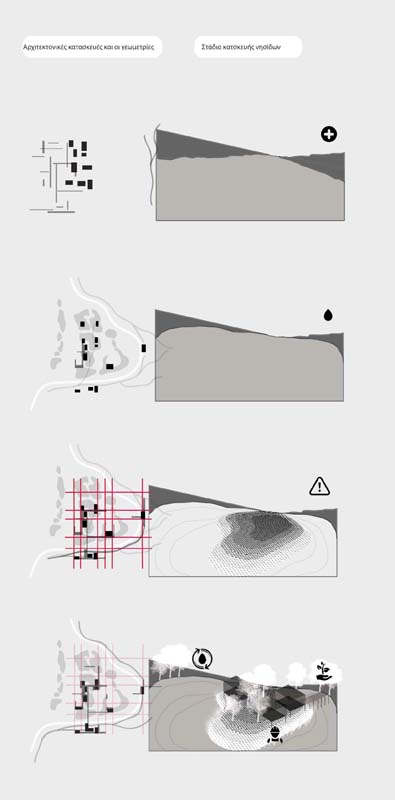

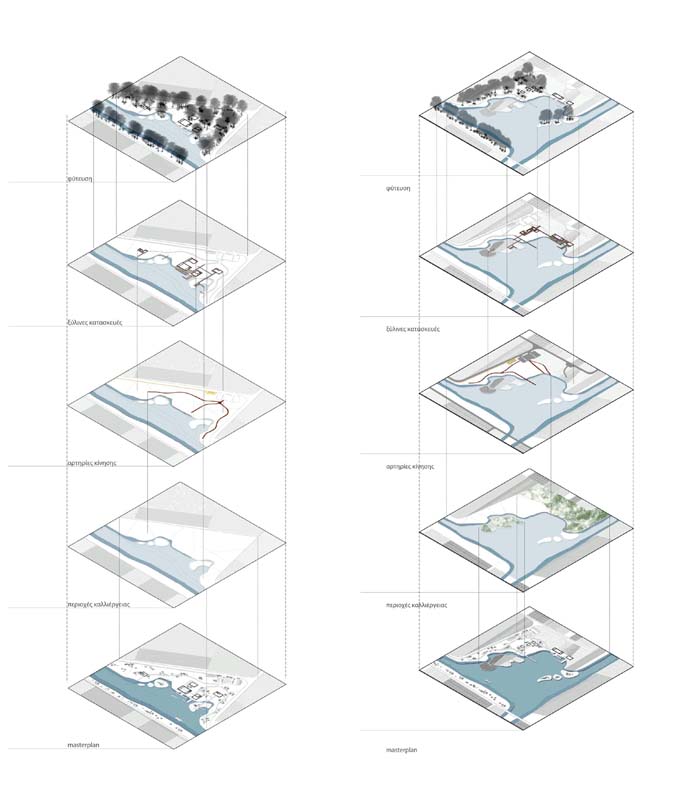

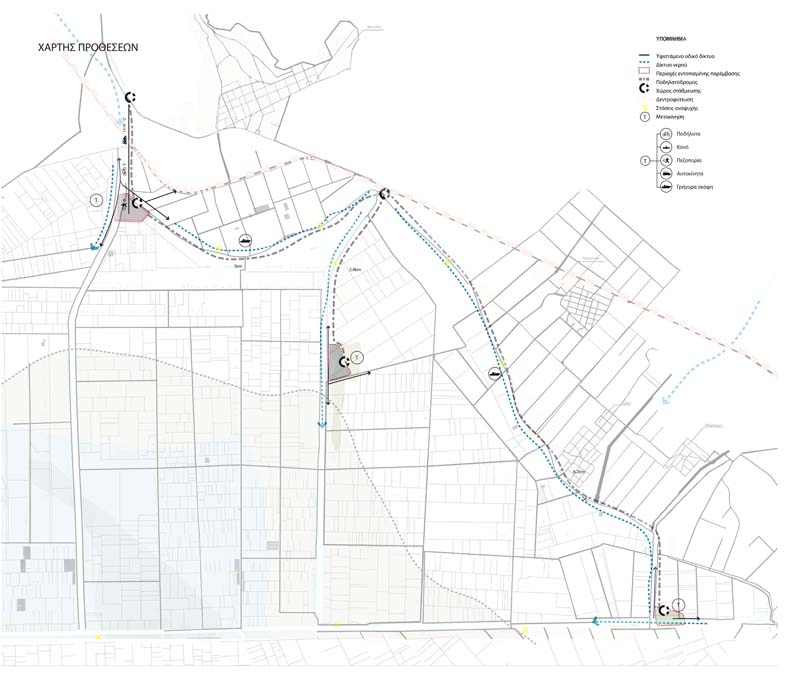

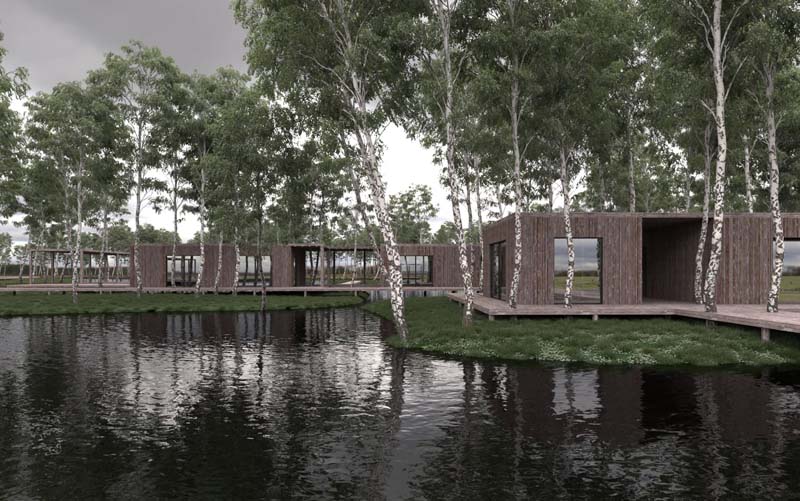

The Philippi Peatland, world-renowned for its features, its composition, and its natural beauty, has nested people's homes, culture and history for 8,500 years. Located in the heart of the prefectures of Kavala, Drama and Serres, in northern Greece, it is a rare environmental phenomenon.
For the design of this agro-cultural environment I utilized concepts of landscape architectural design, citing successful cases from international literature, mapped and recorded the current state of the landscape, performed field visits and consulted experts in the region.
I was able to draw substantive conclusions predominantly related to the social isolation of the landscape and its burden on agricultural activity. This led me to propose the re-development of the area and its water canals. By focusing on the regions strengths, the aquatic element, flora and fauna, and aiming to synergistically conjoin three pillars; entertainment, education and agriculture, I have proposed solutions to create a harmonious relationship between the local community and the natural environment.
I have chosen three intervention areas, in the northeast of the region. The goal was to engage with residents and visitors, through creating recreational, sporting, alternative tourism, and gastronomic activities. My suggestions where to enrich the abundant vegetation, expand and exploit the existing canals as an alternative means of transport, establish cycling routes, hiking, paddling and rest stops. In other words invest in the creation of elements that contribute to a positive human psyche and encourage a healthy lifestyle.
I imagine the natural landscape of Philippi Peatland, the beating heart of the Philippi cultural landscape as a place that will combine the production of high yield and nutritious value farming products, the entertainment of both locals and visitor while at the same time educating the youth and promoting a healthy lifestyle for all ages. I dream of a vibrant, sustainable place enriched by the harmonious coexistence of humans and nature.
Supervisors: Manolidis Kostas, Kouzoupi Aspassia
Reference Number: 787

